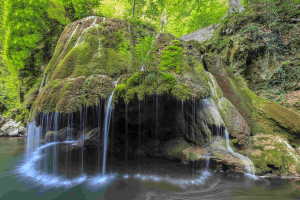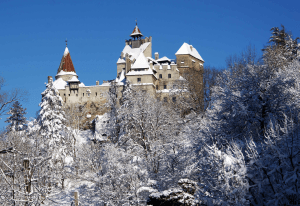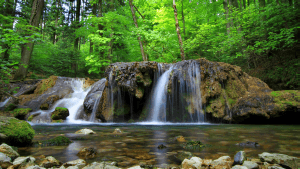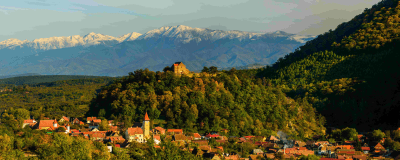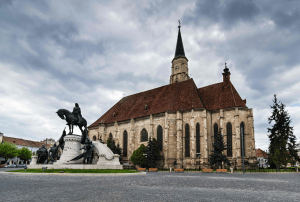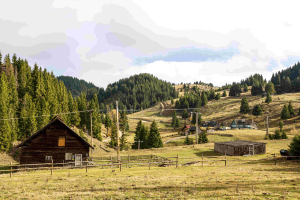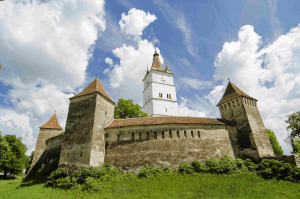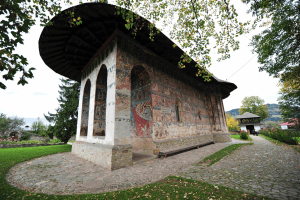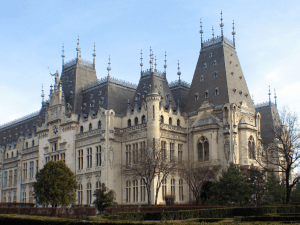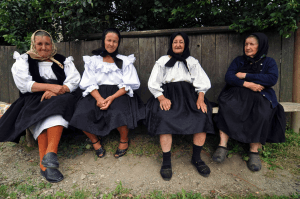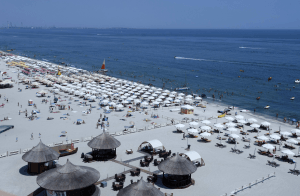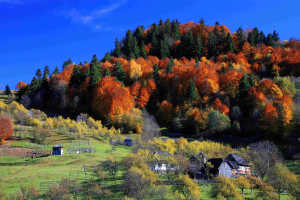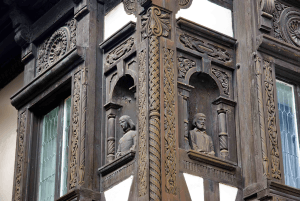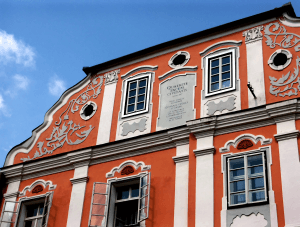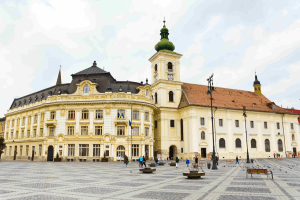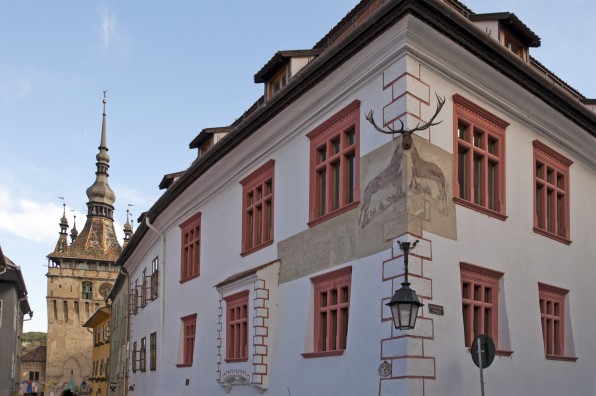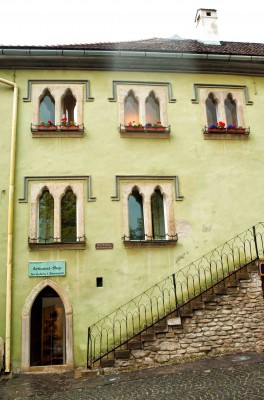History
Historical proofs attest the existence of this settlement from the Daco-Roman period. The Plateau of the Podmoale Hill, several meters away from Dealul Turcului (Turk’s Hill) housed a Roman castrum (Castrum Senarum or Capisestrum), meant to overlook the Valley of the Târnava Mare River (Big Târnava).
Throughout history, this settlement has been robbed, destroyed, burnt down but every single time it was rebuilt by the locals. The migrating peoples have not succeeded in pushing the Romanians away from their location.
Out of all the migrating peoples, the Hungarians settled in these lands around the XIth century. The XIIth century marks the massive German colonization: in order to protect the borders, King Geza II brings colonists from the regions of the Rhine, the Mosel, Saxony and Flanders, granting them special rights and privileges over the fundus regius (Royal Land). The locals didn’t receive these outlanders quite well, hence the fortified shelters built by these new inhabitants. Each house slowly transformed itself into a small fortress, a solid building surrounded by strong walls, grated windows with shutters, big gates with heavy locks. Afterwards, they built fortresses with towers and massive defense walls. This is how the Citadel of Sighișoara was built.
A document of 1280 attests the locality under the name Castrum Sex, and in 1298 under the dialect name Schespurch (purch = burg, citadel). The Romanian form of the name, Sighișoara, appears in a written document issued by Vlad Dracul in 1431.
The name “Castrum Sex” could be explained by the fact that up until the middle of the XIVth century, Sighișoara was ranked the sixth out of the seven Saxon fortresses, as mentioned in a document from 1349, which also reflects a prior situation. Interesting enough, in 1376 Sighișoara is ranked second after Sibiu.
[Source: sighisoara.org]
 Authentic Romania
Authentic Romania Our Specials
Our Specials City Breaks
City Breaks





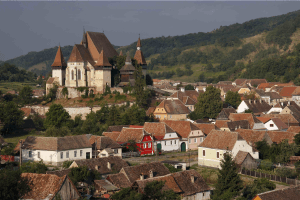
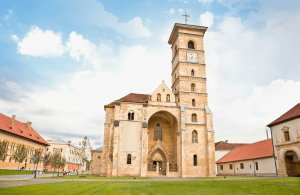
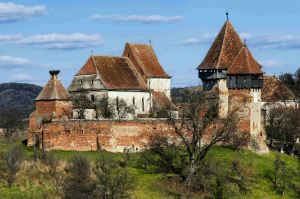
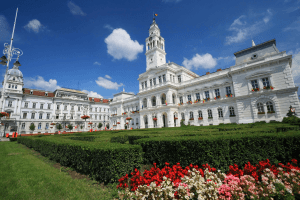
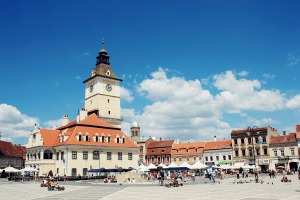
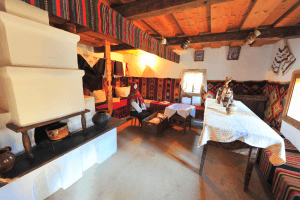
.png)
